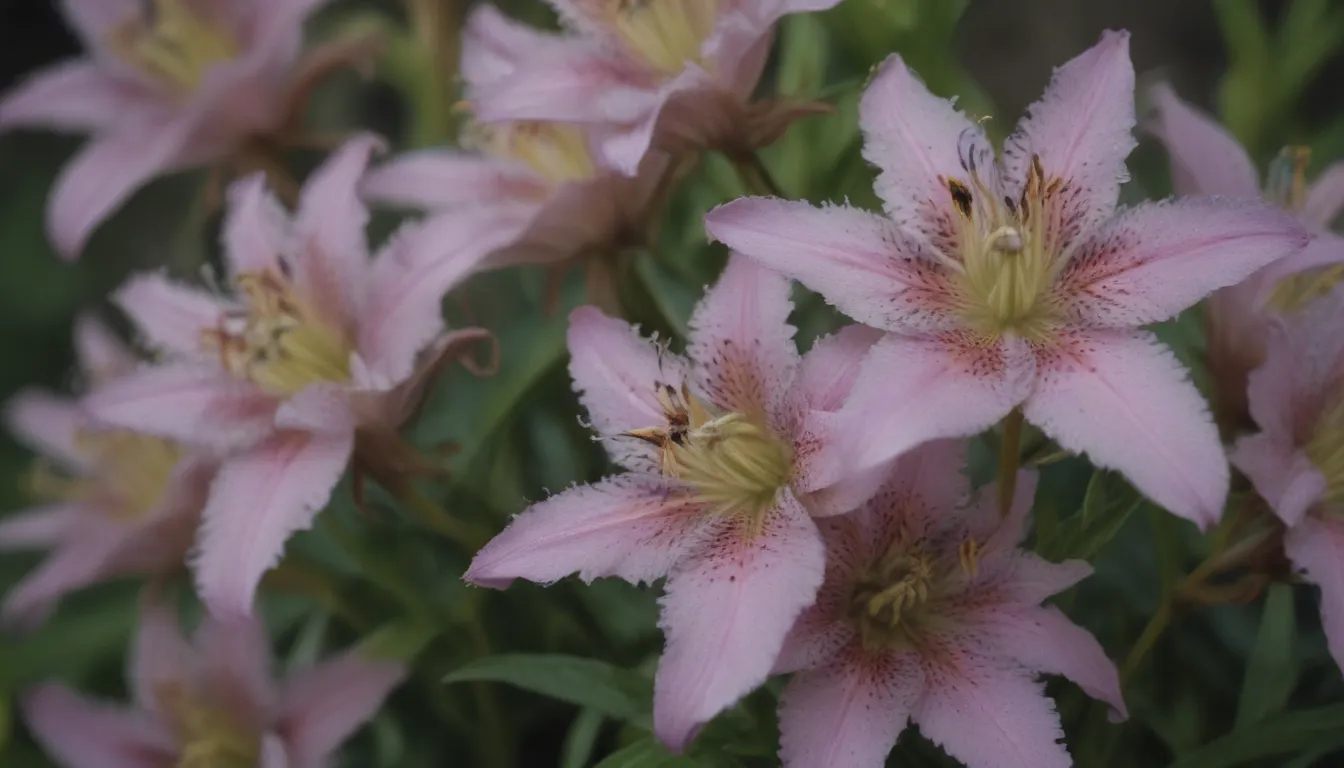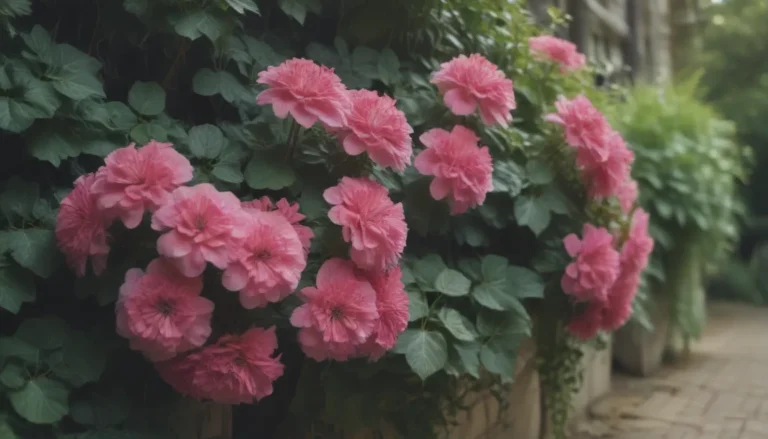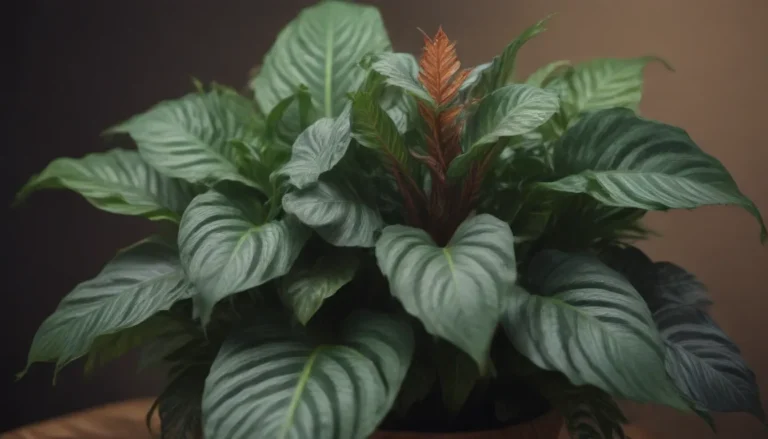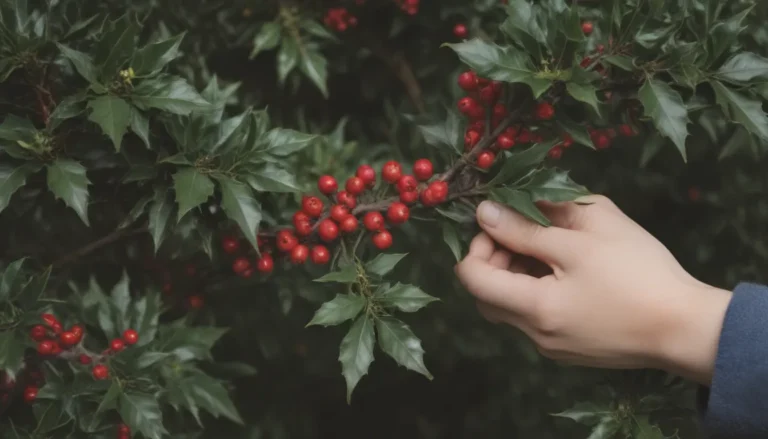Everything You Need to Know About Growing and Caring for Toad Lily

Are you looking to add a unique touch to your shade garden? Look no further than the Toad Lily (Tricyrtis hirta). These striking lilies boast white to light purple six-petaled flowers with vibrant purple spots that resemble the purple-spotted Phalaenopsis orchids. Their hairy appearance gives them the common name of hairy toad lily.
Planting toad lilies in the spring will reward you with late summer or fall blooms. These flowers make great cut flowers but remember, all plants in the Liliaceae family are toxic to cats.
Toad Lily Care
Toad lilies are quite easy to care for when planted in the right conditions. Here are some tips to ensure your toad lilies thrive:
Light
Toad lilies prefer partial to full shade, similar to where they are found naturally on the edges of shady forests. In areas with intense sun, full shade is ideal, while areas with milder climates can benefit from partial shade or morning sun and afternoon shade.
Soil
These flowers thrive in fertile, moist, and organically rich soil. They prefer loamy, well-draining soil with consistent moisture and a slightly acidic pH level. Adding compost or other organic material to the soil will keep your toad lilies happy.
Water
Consistent moisture is key for toad lilies, so make sure to water them consistently. Avoid letting the soil dry out and water as frequently as needed to keep the soil evenly moist.
Temperature and Humidity
Toad lilies can grow in USDA hardiness zones 4 to 9 and can tolerate cold temperatures with full shade. They prefer moderate humidity levels, so ensure they are not too moist or too dry.
Fertilizer
Toad lilies thrive in nutrient-rich soil, so giving them fertilizer each spring will promote healthy growth. Use a well-balanced liquid fertilizer at half-strength or add compost to maintain moisture balance in the soil.
Types of Toad Lily
There are many cultivars and hybrids of Tricyrtis hirta to choose from, including:
- ‘Golden Gleam’
- ‘Lightning Strike’
- ‘Miyazaki’
- ‘Miyazaki Gold’
- ‘Moonlight’
- ‘Sinonome’
- ‘Tojen’
Propagating and Growing Toad Lily
Toad lilies can be propagated through division and cuttings. Division can be done in early spring, while cuttings can be taken in early summer.
To propagate through cuttings, you will need a pair of garden gloves, a pair of snips, a small pot, rooting hormone, and well-draining, rich, moist soil.
To grow them from seed, remember not to bury the seeds and provide them with light to germinate. Fresh seeds work best for germination.
Potting and Repotting Toad Lily
Toad lilies can be grown in containers as long as the soil is kept moist. Choose a pot with good drainage holes and pay attention to the pot material to maintain moisture levels. If the plant outgrows its container, you can repot or divide it to ensure healthy growth.
Common Pests and Plant Diseases
Toad lilies are not prone to many pests or diseases. Watch out for slugs in the garden and be on the lookout for anthracnose, which newer cultivars or hybrids may be resistant to.
How to Get Toad Lily to Bloom
To encourage abundant blooming, provide plenty of compost or organic material and keep the soil moist. Avoid too much sunlight, especially in warm climates. Toad lilies do not require deadheading.
Common Problems with Toad Lily
Even hardy plants like toad lilies can run into problems. Watch for foliage issues as an indication of moisture management problems. Brown spots may indicate too little water, while orange spots could be a sign of anthracnose.
Toad lilies are perennial plants that bloom in late summer to early fall and continue blooming for up to a month. They grow in clumps and can slowly spread through rhizomes. These unique flowers can reach up to 3 feet in height and 2 feet in width.
With proper care and attention, your toad lilies will thrive and add a beautiful touch to your garden. Remember to keep them in the right conditions with consistent moisture levels, and you will be rewarded with stunning blooms each year. Dive into the world of toad lilies and enjoy their unique beauty in your own garden today!





